A Guide To The Complicated Porsche 911 Range: Every Version And Generation
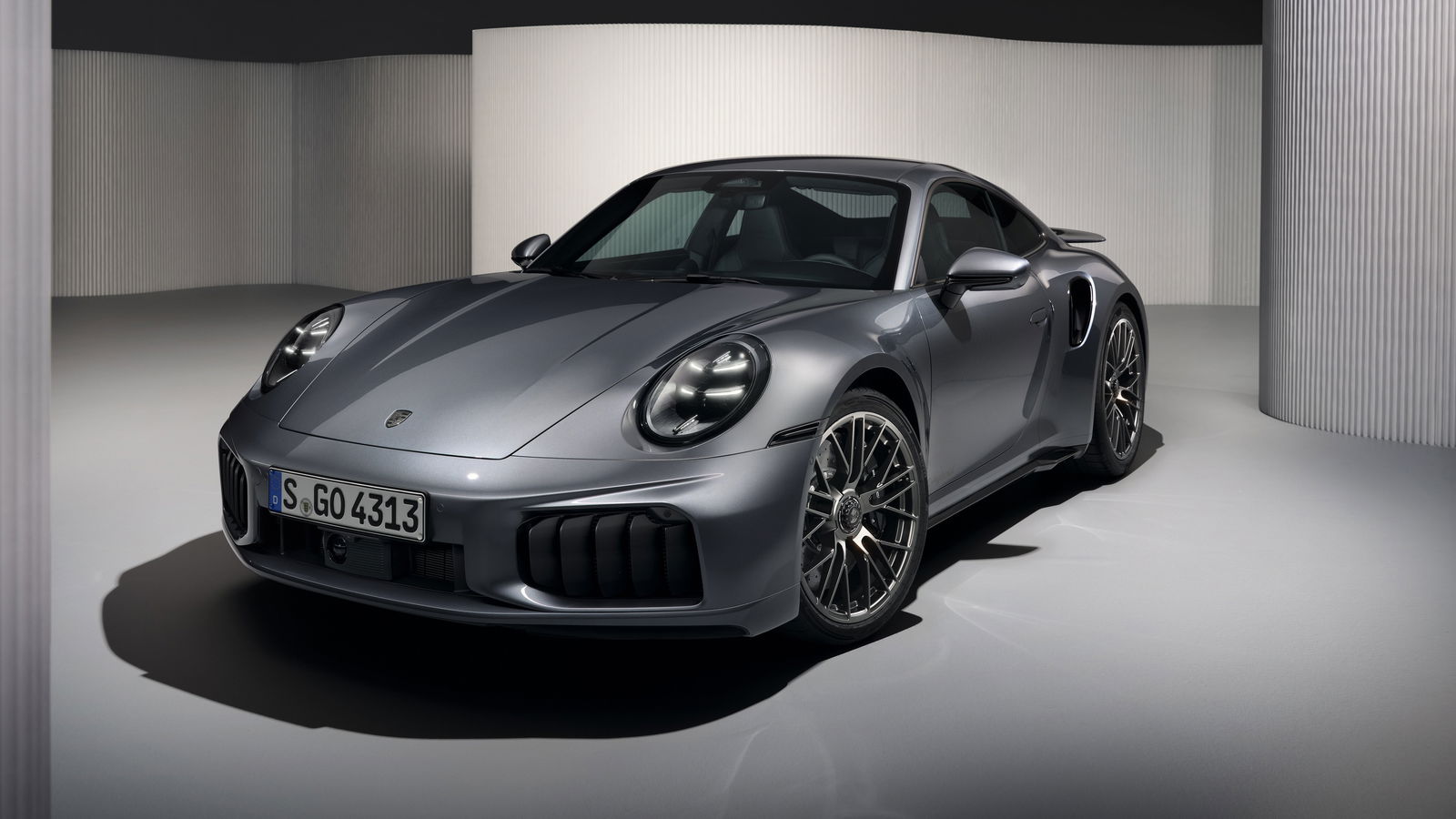
The Porsche 911 range can be overwhelming at first glance. A perusal of the 911 configurator on the Porsche GB website currently presents users with a huge array of versions to choose from, with different body styles and various designations like S, Turbo, GT and more thrown around with abandon.
The line-up is only continuing to grow, and a recent facelift for the current generation car just makes things more complicated.

First, we’re going to look at designations. The words/letters/numbers that come after ‘911’ could determine whether you’re looking at a relatively easy-going all-wheel drive model versus a stripped-out, 691bhp rear-drive monster. We'll be making lots of references to the 992, which is the chassis code for the current-generation 911. The 992.2 is the facelifted version, but we'll explain these generational codes a bit more later on.
911 Carrera
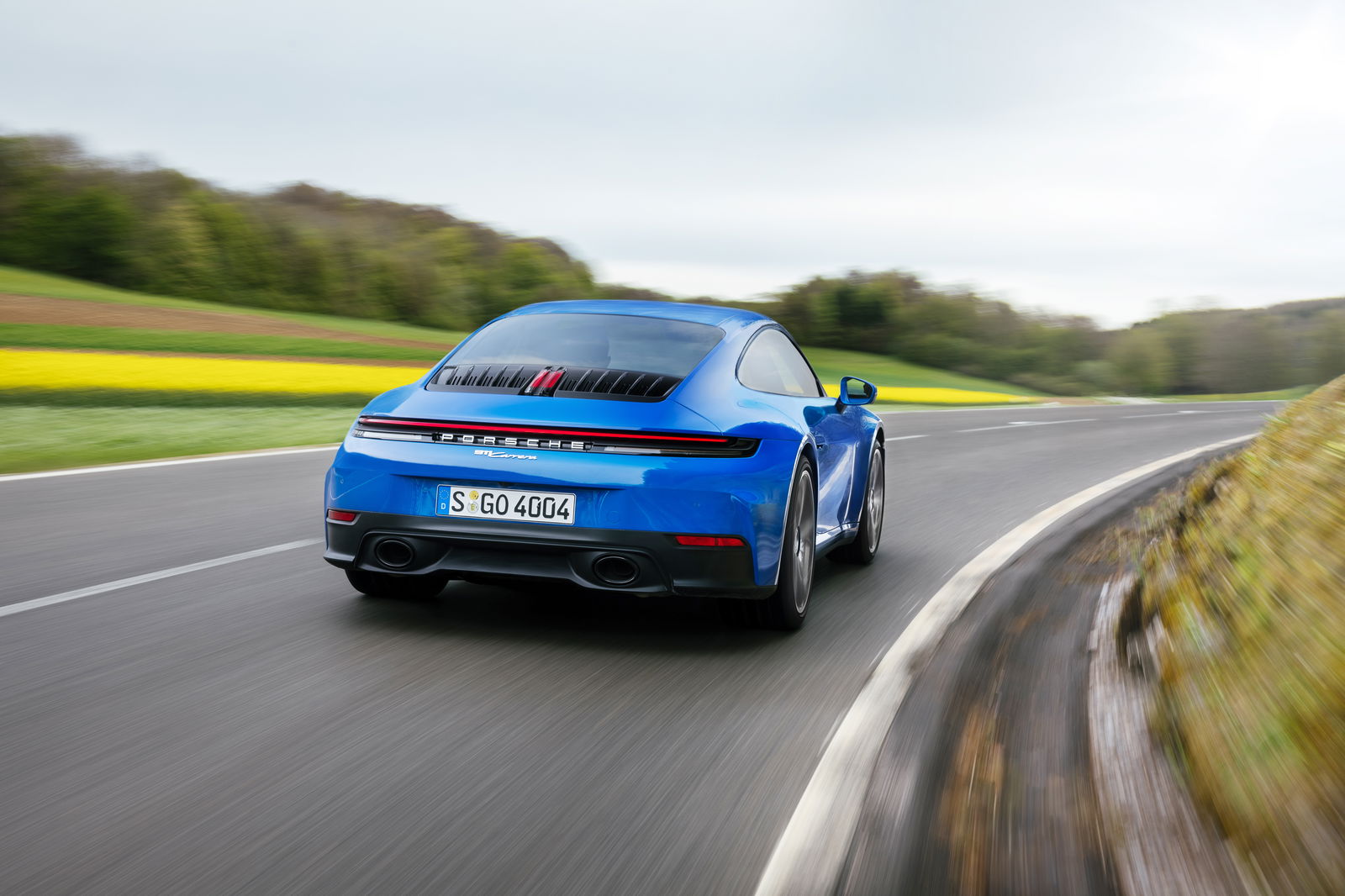
The Carrera name - taken from the famous Carrera Panamericana road race - has been used throughout the 911’s history, but over the last few generations, it’s become the de facto ‘standard’ 911 – as is the case with the 992.2.
It’s powered by a 3.0-litre twin-turbo flat-six, and currently, an eight-speed ‘PDK’ dual-clutch auto is the only gearbox choice. A manual down the line isn’t out of the question, though.
911 Carrera S
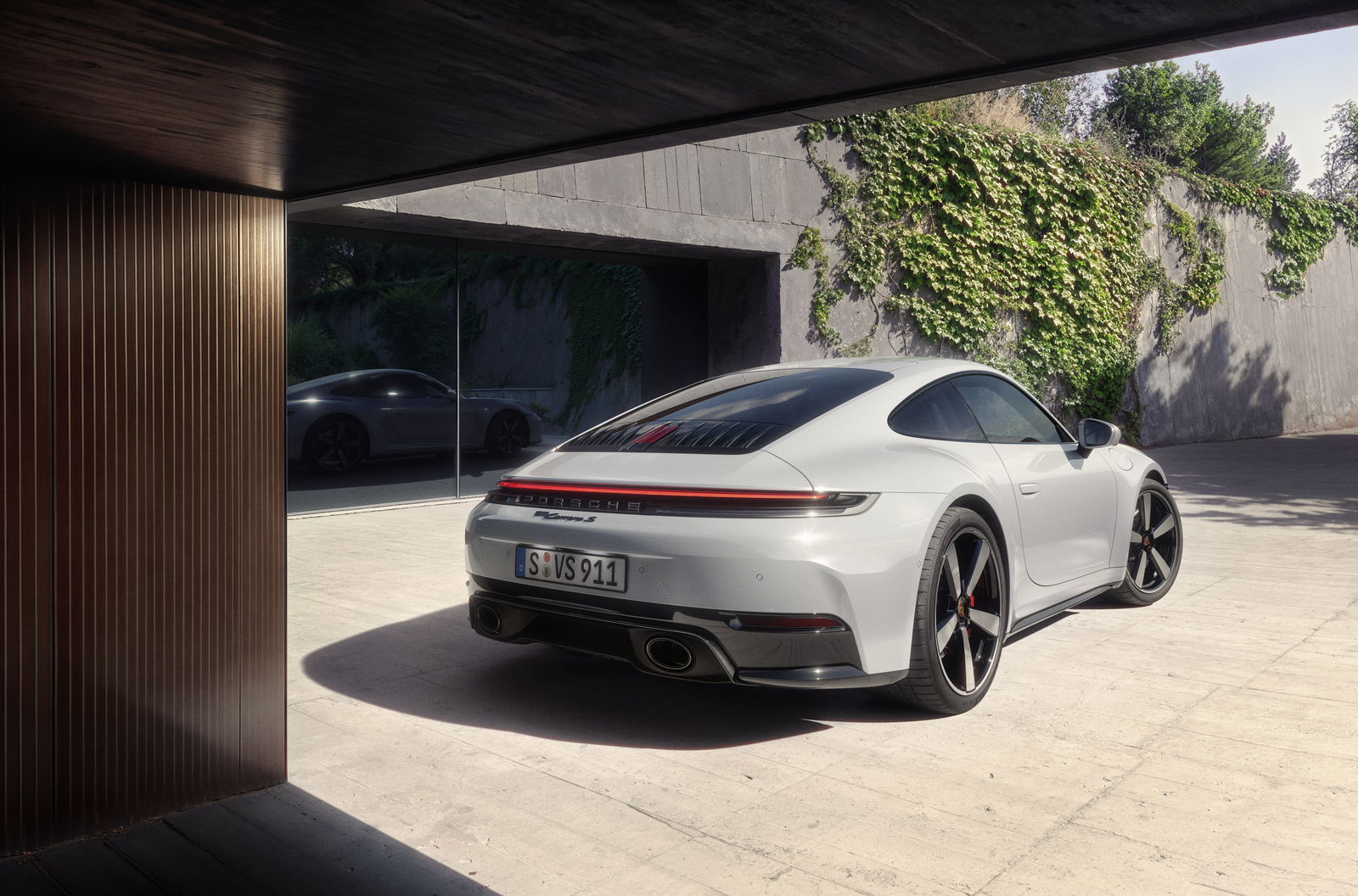
As with other Porsche cars (like the Boxster and Cayman), strapping an ‘S’ to the name of a 911 variant denotes a more powerful version. Once upon a time, the extra poke was provided via an increase in displacement, but these days, it’s all about cranking up the turbocharger boost pressure.
In 992.2 guise, the Carrera S produces 473bhp from its 3.0-litre flat-six. Not only is that a marked improvement over the Carrera, but it also means it’s producing as much power as a 997 Turbo did. Crikey.
911 Carrera 4
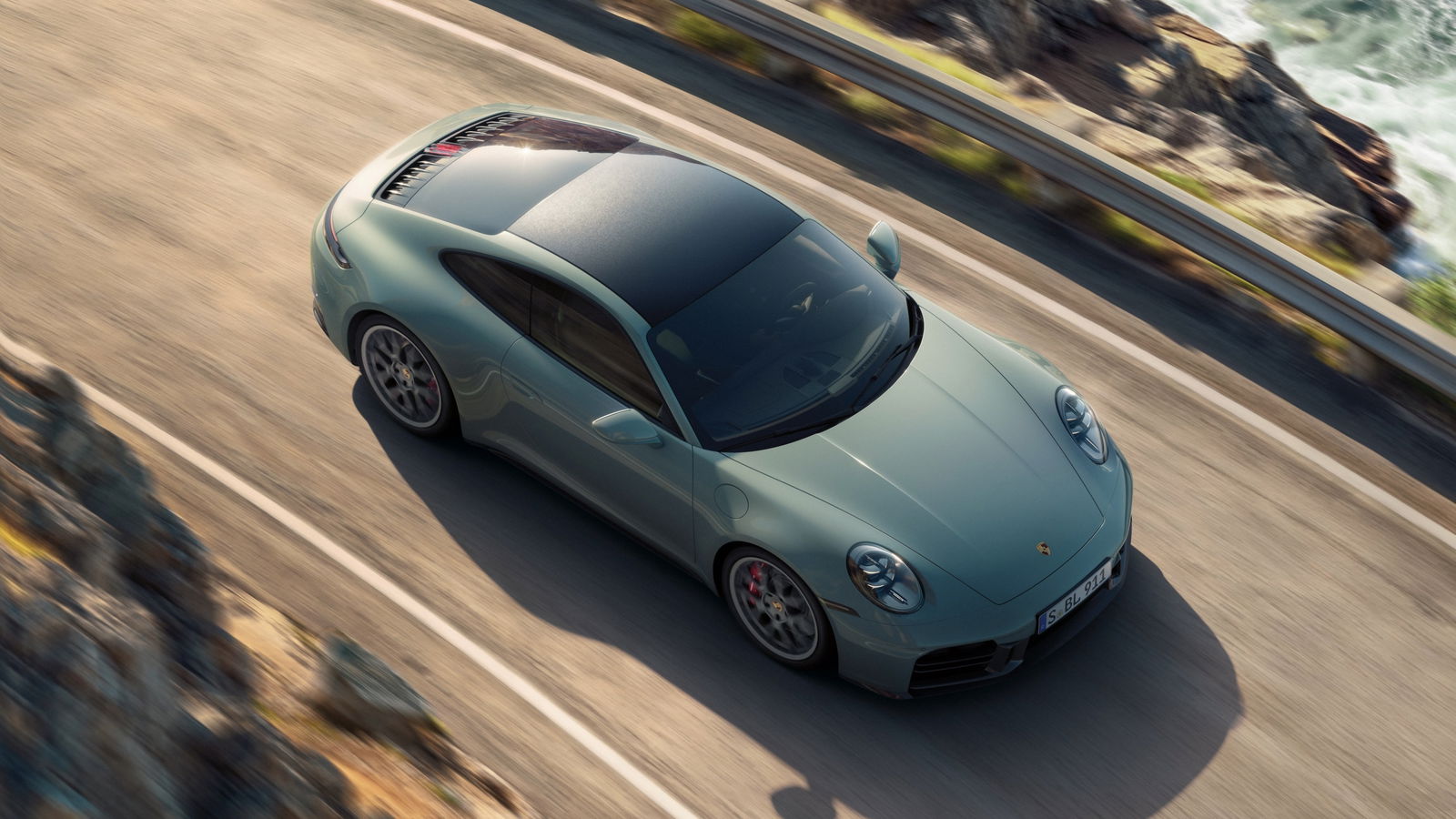
Put a 4 on the name after Carrera and you get four-wheel drive. Currently, it’s only available as a more powerful 473bhp 4S. Turbo models are also four-wheel drive but don’t get a ‘4’ in the name. All-wheel drive Carrera models used to be wider than their rear-driven siblings, but since the arrival of the 992, all models share the same shell.
911 Carrera GTS

This is where things get a bit more complicated.
The GTS (Gran Turismo Sport) badge can be traced all the way back to the 904 of the 1960s, which ended up being referred to as the Carrera GTS to avoid irking Peugeot. These days, Porsche uses it across multiple models.
In the past, the GTS strategy usually involved taking an S-badged car and giving it some styling tweaks, a power boost and some standard-fit chassis kit, and this was the formula the current-gen 911 Carrera GTS followed – until it was facelifted in 2024, that is.
For the 992.2, the GTS becomes the first road-going hybrid 911. Gasp, etc, etc. Not that it’s particularly heavy on the electrification – it has a single-turbo boxer six with a small electric motor integrated into the gearbox, so it has no real electric-only range. It comes with rear- or four-wheel drive.
Overall, the system kicks out 534bhp and, unsurprisingly, only pairs with an eight-speed PDK ’box. It’s available as a coupe, Cabriolet or Targa, and comes with the choice of rear- or all-wheel drive (the latter is referred to as the 4 GTS). The quickest version, the coupe, hits 62mph in three seconds dead and has a top speed of 194mph, regardless of the number of driven wheels.
911 Carrera T

A name first used in 1968, the Carrera T (Touring) was reintroduced for the 991.2 and added to the 992 range in late 2022.
A bit of a connoisseur’s choice, it’s effectively a lighter Carrera with less soundproofing, thinner glass, missing rear seats and a few choice chassis upgrades thrown in as standard.
It’s once again available as a 992.2 and uses the same 389bhp engine as the latest Carrera, but pairs it exclusively to a new six-speed manual gearbox (complete with natty wooden shifter). Previously a coupe-only affair, it’s now also available as a Cabriolet for the first time.
911 Turbo

This is where the waters muddy further. The meaning of the ‘Turbo’ badge used to be obvious - it referred to, erm, the one with the turbo. Or turbos. However, the whole Carrera range is now turbocharged, and confusing matters further, Porsche now uses the Turbo name on pretty much everything it makes – including EVs.
However, the 911 Turbo is still easily identifiable - it’s the all-wheel drive one that’s significantly faster than the rest of the range, and usually has a whaletail spoiler sitting out back. For the last few generations, it's come in either very fast Turbo or, really, stupidly, ridiculously, painfully fast Turbo S guises.
As part of the range-wide 992 facelift, an updated 911 Turbo S arrived in September 2025, and like the GTS, it's gone hybrid. In fact, it's basically the same hybrid system, albeit now with two of the trick electrified turbochargers rather than one. With 701bhp, it's now the most powerful series production 911 ever, and will do 0-62mph in 2.5 seconds. Still available as a coupe or Cabriolet, it's just the faster Turbo S that's been updated for now, but we expect the (slightly) less powerful Turbo to return before too long.
911 GT2 RS
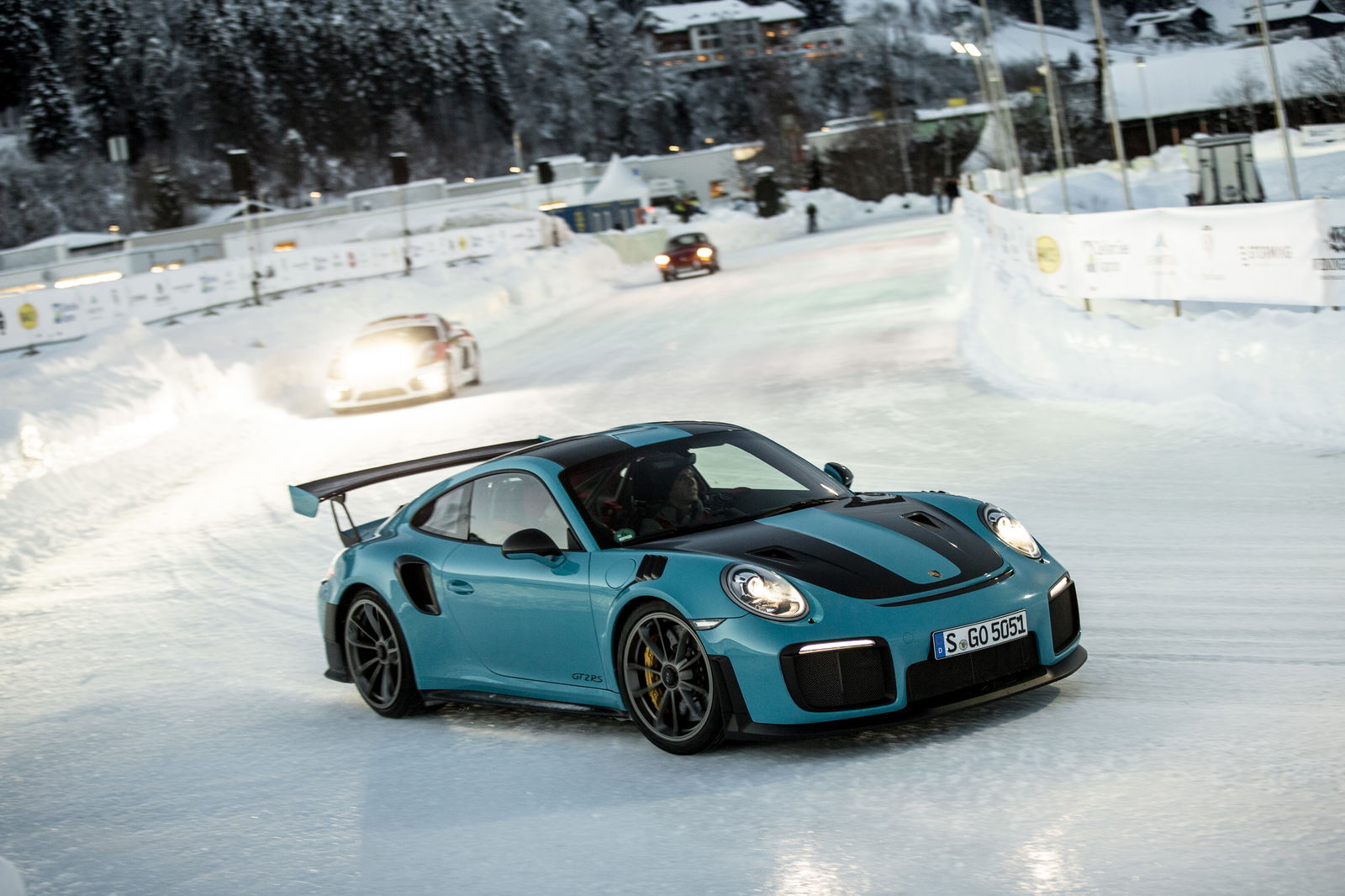
The GT2 recipe is simple. Take the engine from a 911 Turbo, leave behind the all-wheel drive system, and up the track focus. GT2s were made from the 993 generation through to the 997, with the 997 also having the option of an even more focused, even more powerful GT2 RS.
For the 991, there was no base GT2 model - high-power, rear-drive turbo heroics were available only via the hardcore GT2 RS (pictured). We’re expecting the same thing to happen for the 992 generation, via a model which will comfortably trump the 691bhp output of its predecessor.
911 GT3
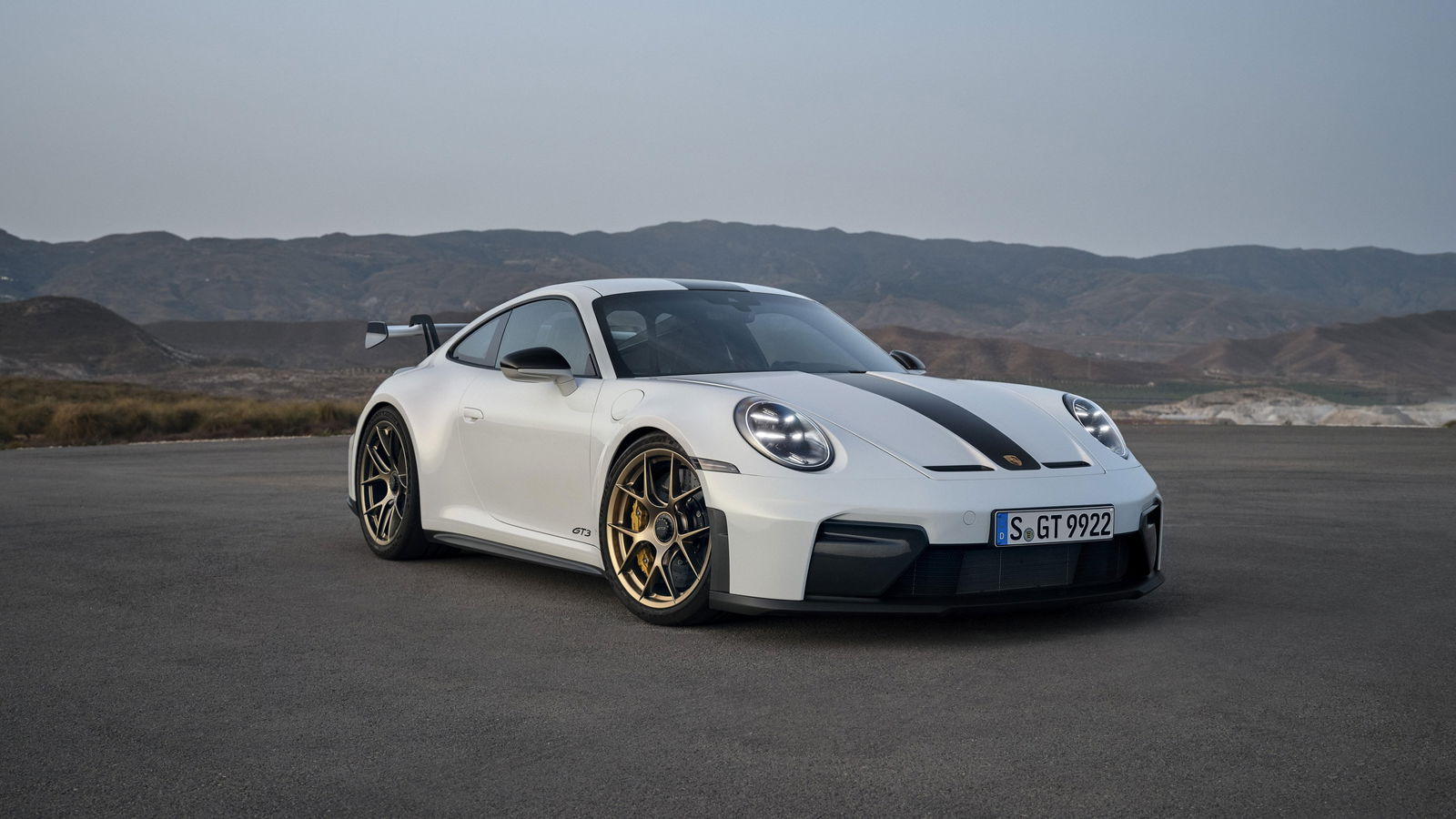
The GT3 badge first appeared on the 996-generation 911. Sharing little with the ‘lesser’ Carrera models, GT3s are heavily track-focused, with lower, stiffer suspension, beefier brakes, and things like sound deadening and rear seats binned to reduce weight.
Unlike nearly every performance car left on sale, the GT3 still uses a naturally aspirated engine – in fact, it and the RS are currently the only 911s to do so. It's a corking 4.0-litre unit derived from the one once found in 911 GT3 Cup racers, and makes 503bhp. Better yet, it can still be paired with a manual gearbox as well as a PDK auto.
The GT3 also deviates from the long-standing tradition of 911s using a MacPherson strut front suspension setup, instead opting for the technically superior double wishbone arrangement.
It gets the no-cost option of a Touring pack – ostensibly a more road-biased GT3, it’s really just the regular car with the big rear wing deleted, for a more subtle and, to our eyes, much cooler look. As of the 992.2 facelift, the GT3 Touring gained the option of rear seats, a first for a GT3-badged 911.
911 GT3 RS

Short for RennSport (which translates as ‘racing sport’), the RS badge first appeared in 1973 on the 911 Classic as the Carrera RS. This lightweight car had revised suspension and bigger brakes, and has become one of the most collectable 911s ever.
The RS badge appeared again on the 996 generation 911 to make the 911 GT3 RS: an even more track-focused version of the GT3. For the 996 version, weight was further reduced through the use of polycarbonate windows (among other things) and the suspension and engine uprated. Carbon-ceramic brakes were also dropped in at each corner.
And so it went with the following 997, 991 and 992 GT3 RS models. The tactic changed slightly for the 991.2 GT3 RS, however, which shares its 4.0 litre 911 Cup-derived engine with the standard GT3, albeit with a slight increase in power, and it’s the same case with the new 992 GT3 RS.
What’s different this time is the aero kit, which is considerably more extreme than anything we’ve seen on a GT3 RS before, with a gigantic swan-neck rear wing being the most conspicuous addition. The various aero devices dotted around the car combine to give the GT3 RS three times the downforce of the GT3.
It's now the last of the core 911 models not to be facelifted in 992 guise, but we expect that to change before too long.
911 S/T
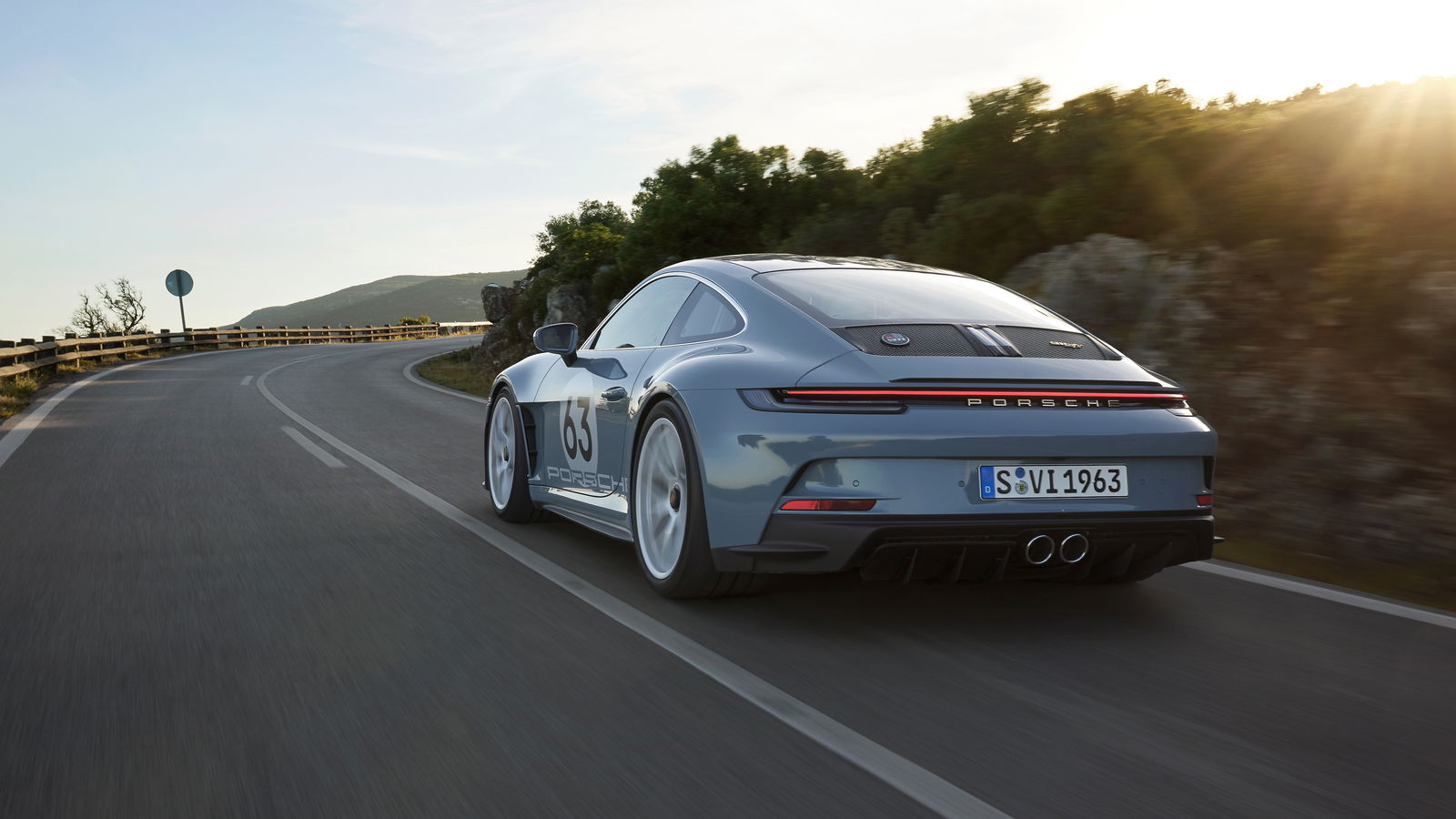
Although it's hard to pick one 911, the 911 S/T might just be the most coveted of the lot. Taking its name from a series of Group 4 911 racers of the 1970s, it's best thought of as a more road-oriented GT3 RS with the same spec 4.0-litre nat-asp flat-six, but hooked up to a six-speed manual gearbox instead of a PDK automatic.
It loses the bonkers aero of the GT3 RS, but still has a significant number of carbon fibre panels plus magnesium wheels, contributing to a significant weight loss of 40kg compared to a GT3 Touring. It's mostly as-per that car in terms of styling, but with a few bespoke touches.
It celebrates the 911's 60th birthday, with the car's debut year referenced with the production cap of 1,963 units. The price? £230,000. Having had a go in it, though, we reckon it’s worth every bit of that (although you can’t actually buy one new anymore. Sad face).
911 Dakar

For 2023 the 911 range gained a very different family member - the Dakar. It’s inspired by cars of the past, though - the 959 and 953 with which Porsche won the Dakar Rally. The homage is based on a 992 911 GTS but with its suspension jacked up by 50mm.
It’s also possible to raise the suspension by another 30mm. Factor in chunky off-road tyres and underbody protection, and you have a 911 that can clatter over rough ground at 105mph.
For those who aren’t fond of subtlety (probably a fair few 911 Dakar customers, given the nature of this thing), it’s possible to clothe the car in retro colour schemes, including one that references the Rothmans livery of the 953. Like the S/T, the Dakar was a limited-run thing, and is now out of production – although you can never rule out it returning for future generations.
911 Sport Classic

Another limited-edition car, but this one has historical provenance and has some very important mechanical details to set it apart from other 911s. It’s the Sport Classic, a name which first appeared in 2009 for the 997-generation 911. That car involved wrapping the Carrera S of the time in a retro-look body including a ducktail spoiler, but that was about it. Production was limited to 250 units, meaning Porsche had no trouble shifting all of them despite the Sport Classic being considerably spendier than the mechanically identical Carrera S.
For 2023, the Sport Classic returned. Once again we had retro looks, but it was no longer based on a Carrera S - this time, the starting point was a 911 Turbo. While the Turbo is exclusively available with four-wheel drive and a PDK, though, the 2023 Sport Classic went in the complete opposite direction, hooking the Turbo’s 3.7-litre twin-turbo engine to a seven-speed manual, which drove the rear wheels exclusively. The engine was detuned to a still-potent 542bhp. It was quite a combination, but one that Porsche made you pay well over £200,000 for.
Production numbers were much higher than the original Sport Classic, with 1250 built. We enjoyed the version we drove immensely, but it was double the cost of something like a Carrera T, and not quite double the fun.
911 Speedster
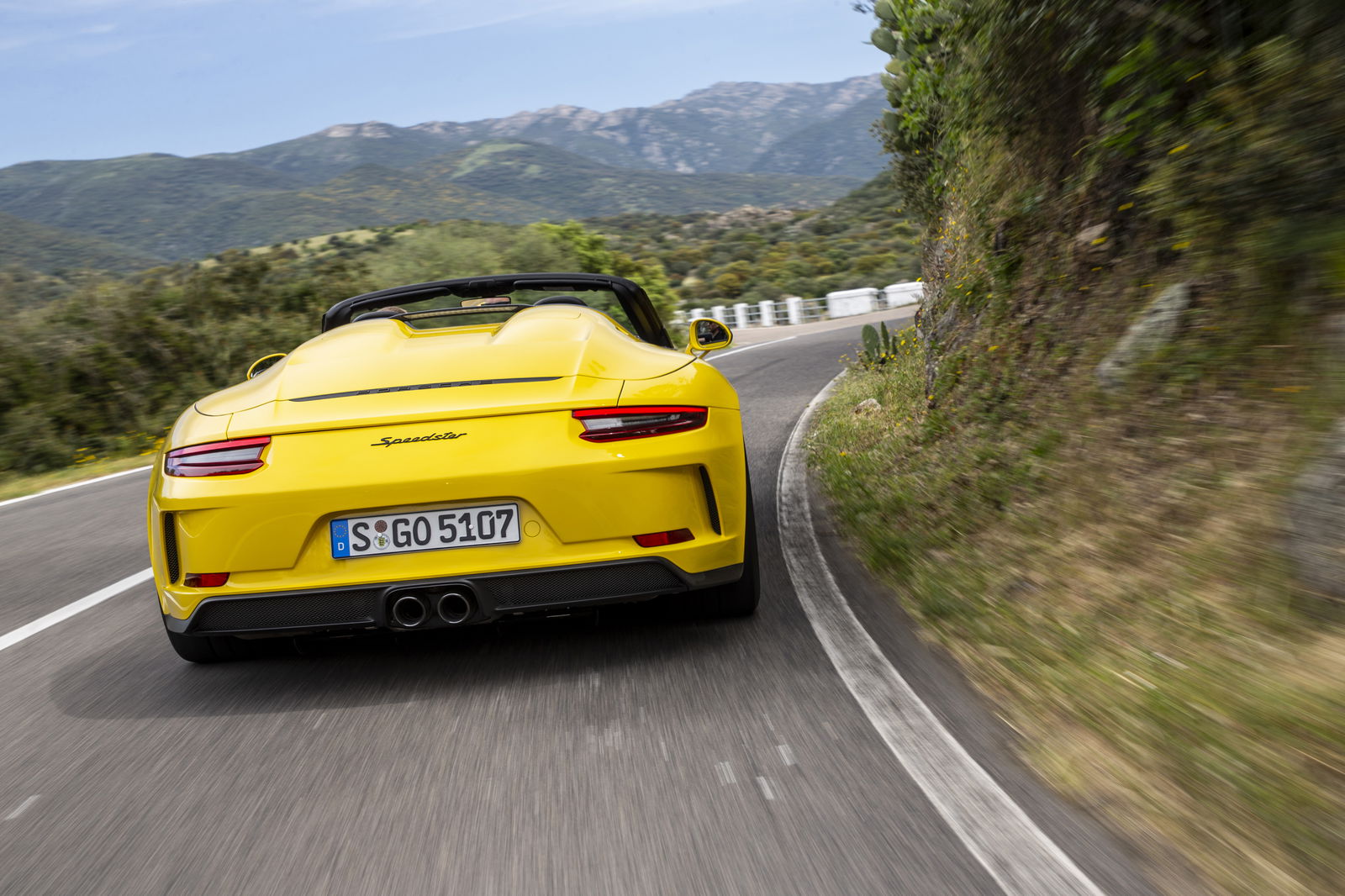
With roots that go back to the 356, ‘Speedster’ is perhaps the ultimate historical name that Porsche has dug out of its back-catalogue. Various 911s have carried it, but for the 991.2 version, Stuttgart went all out. It built a bespoke shell by joining the front end of a GT3 with the rear of a Carrera 4 and then transplanted a manual GT3’s engine and chassis parts. The finishing touch was a lightweight, mechanical-folding roof.
It was certainly an improvement on the 997 Speedster, which was merely a buttressed GTS with a fancy roof made by Porsche exclusive. The production numbers were also dramatically increased - while the 997 was limited to 356 units (see what they did there?), Porsche sold 1948 (again, see what they did there?) 991.2 Speedsters. Various prototypes have been spotted out and about suggesting the Speedster will return once again for the 992 generation. If it does, though, it'll likely be a run-out special ahead of the next-gen 911 arriving, so is likely still a few years off.
Next up, we’re going to talk body styles. Besides the occasional oddity like the Speedster mentioned above, there are three main ones to take into account with the 911.
Coupe
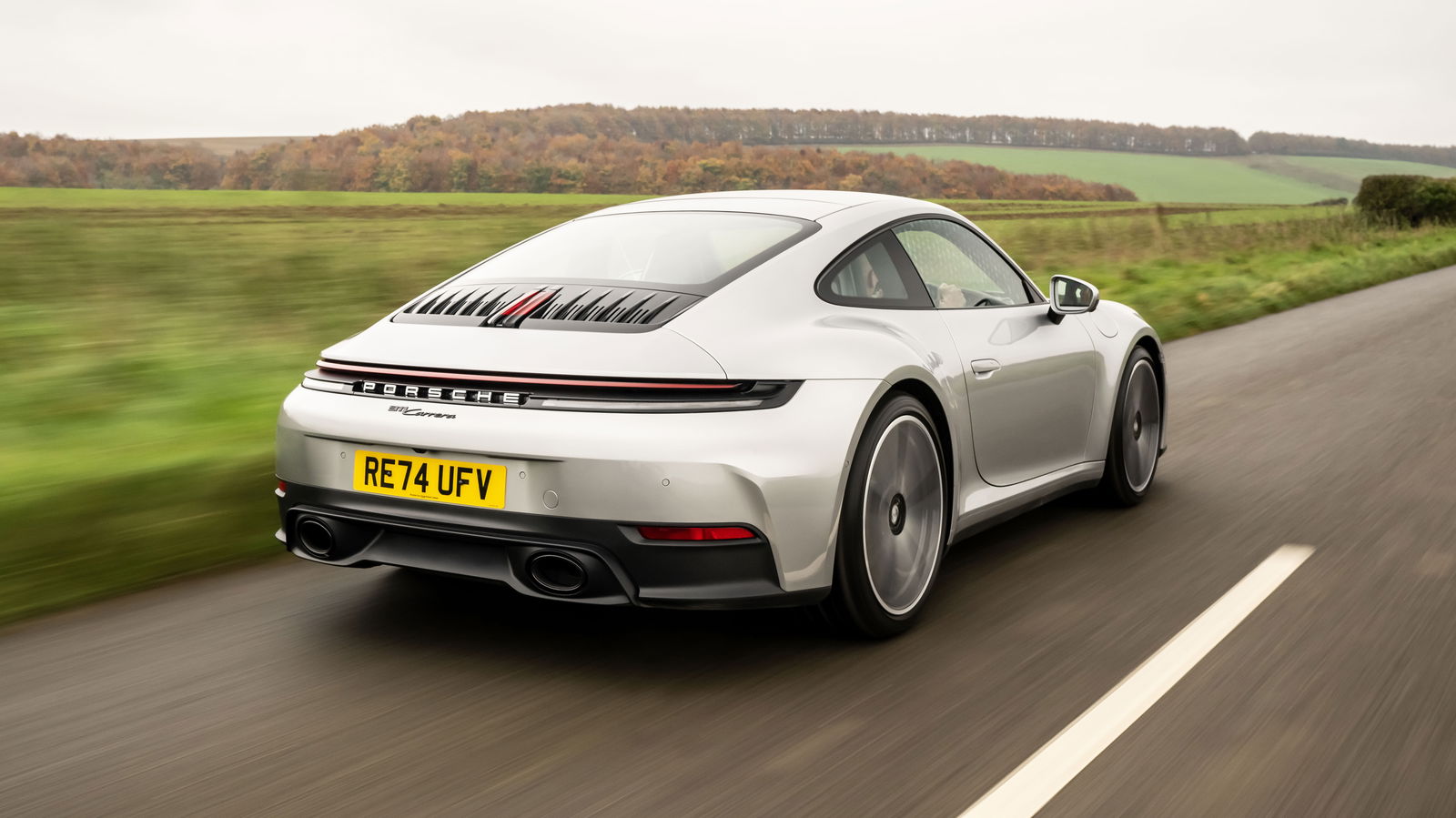
The most common 911 body, the coupe is… well, a coupe. That’s a two-door car with a fixed roof, in case you’re really new to this whole ‘cars’ thing. The body style the car launched with back in 1963, it’s available on basically every version, save for very specific exceptions like that Speedster.
Cabriolet
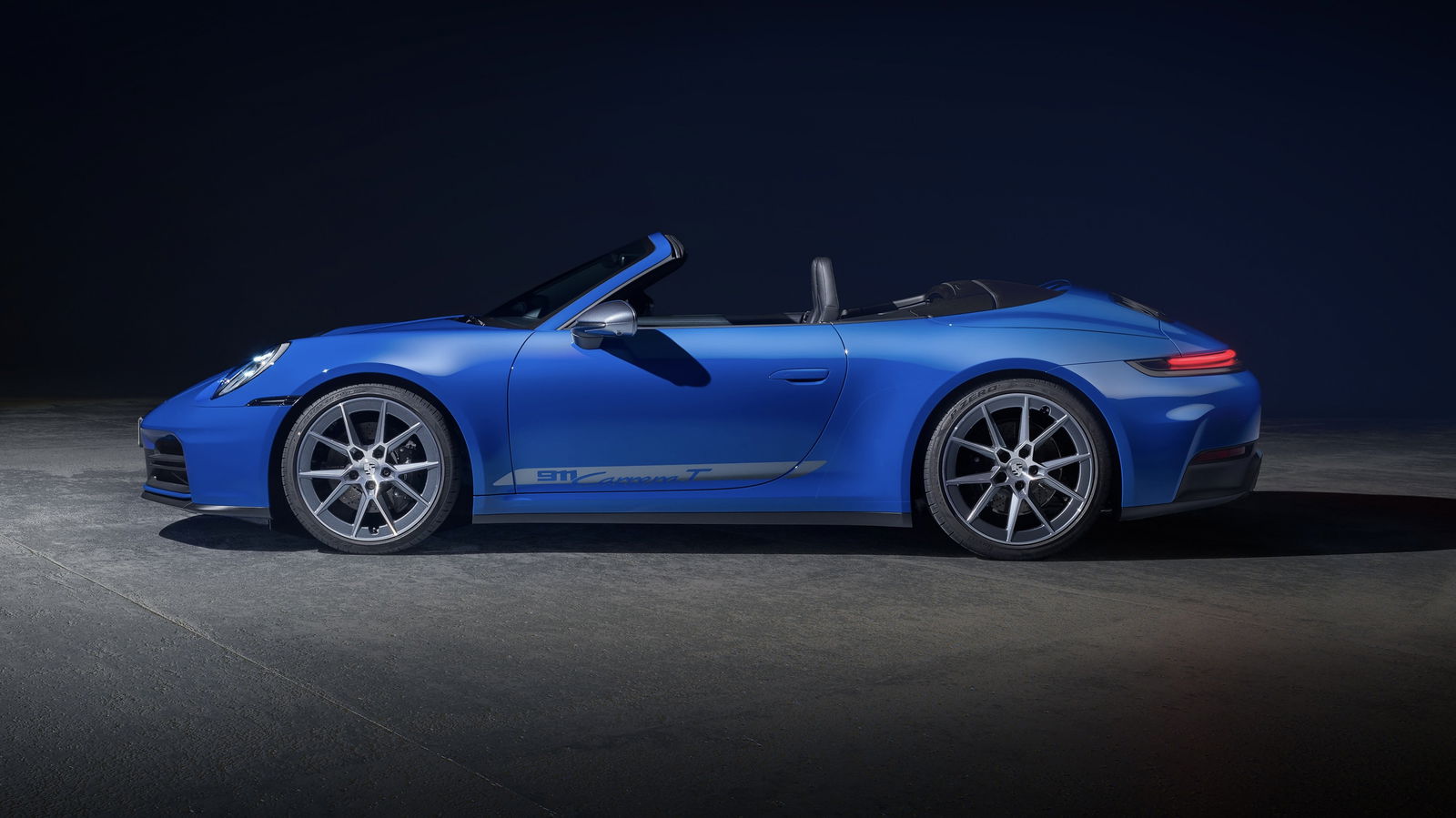
The 911 Cabriolet is a convertible with a folding fabric roof, providing the full drop-top experience. Having first appeared on the 911 in 1982, it tends to be available on all but the GT-badged 911s. Currently you can get any member of the Carrera family in this setup including, for the first time, the Carrera T. The Turbo S comes as a Cabriolet too.
Targa
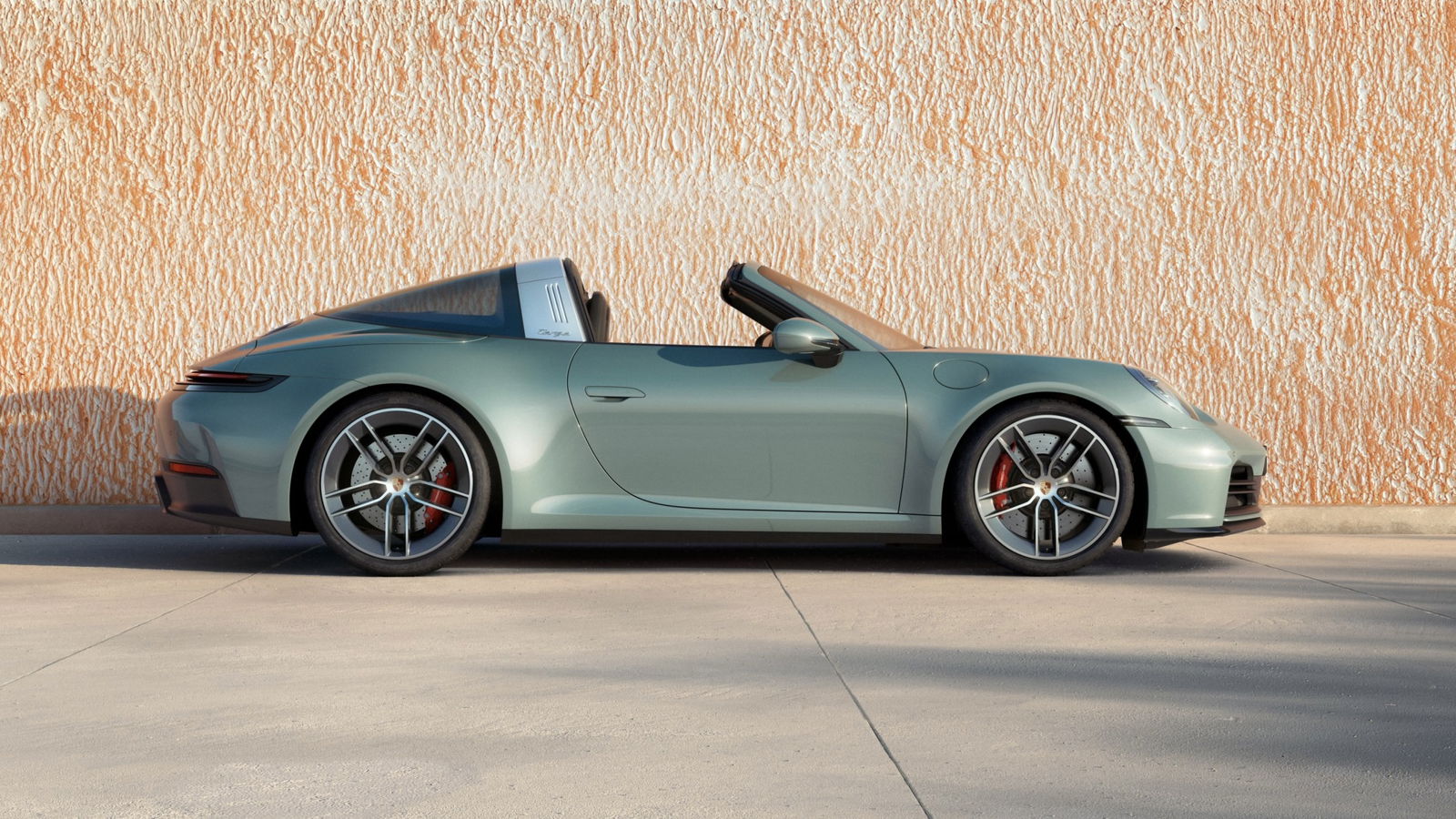
The most unique and least numerous 911 body style, the Targa first appeared in 1965 as a response to ultimately abandoned plans by the US government to ban traditional convertibles on safety grounds. By providing a detachable roof panel but still providing a roll bar and fixed rear windscreen, it was a sort of halfway house between a coupe and a full cabrio.
For the 993, 996 and 997 generations (more on those below), the Targa switched from a manually removable panel to a retractable glass one. It then moved back to the traditional Targa look for the 991, albeit with the panel now electronically stowing beneath the rear screen. These days, it’s only available on all-wheel drive Carrera models, currently the 4S and 4 GTS.

Finally, with eight different generations spanning multiple decades, the history of the 911 is as convoluted as the current line-up. Let us run you through the models…
First generation (1963-1973)
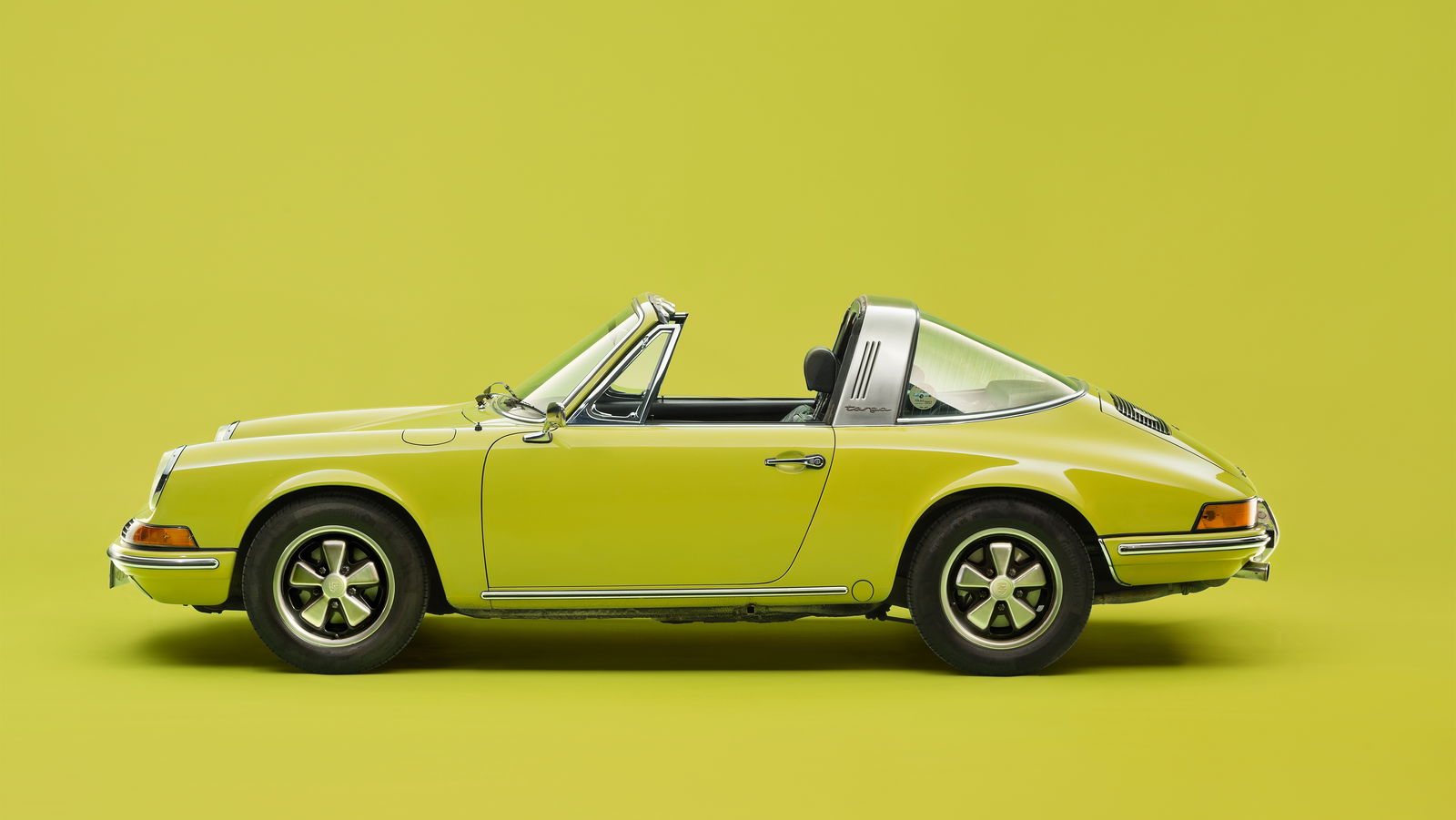
It all started here. A very small number were made early on as the ‘901,’ before Peugeot kicked up a stink about using a ‘0’ in the middle of the name, forcing Porsche to change the name to ‘911.’ All were powered by flat-sixes, with displacement growing from 2.0 litres to 2.5.
G-series (1974-1989)
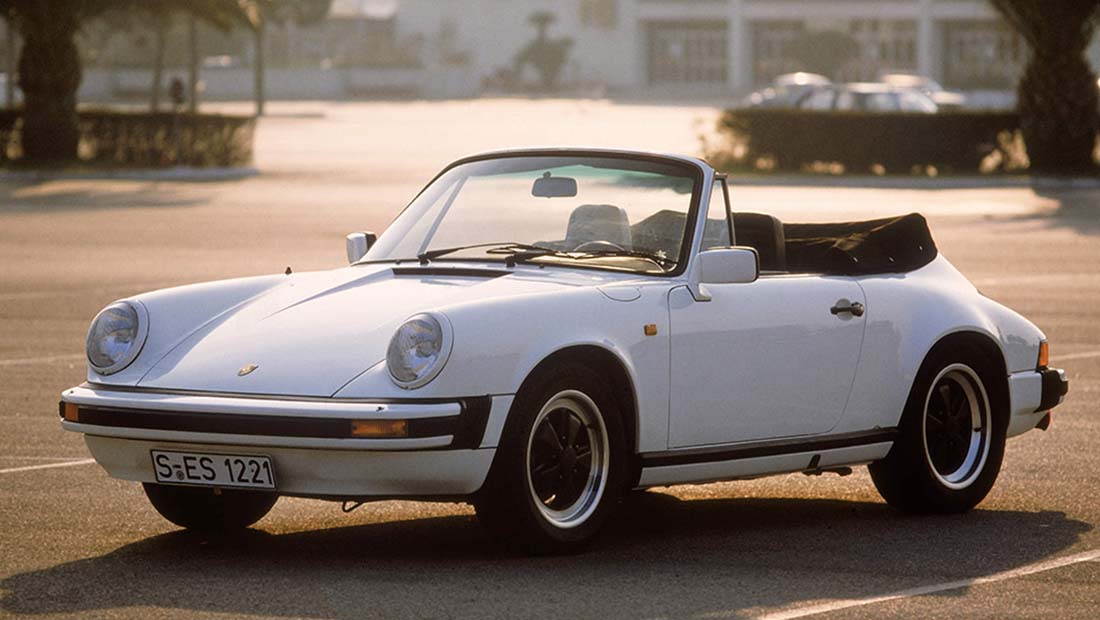
Although earlier 911s were continually updated and internally given lettered ‘series’ designations, the car is considered to have entered its second-generation with the arrival of the G-series, launched in 1974. This is when impact bumpers were added, and when the displacement of the flat-six was increased to 2.7 litres. The very last ‘K series’ second-gen cars used 3.2-litre flat-sixes. This generation also saw the introduction of the Turbo (type 930).
964 (1990-1993)
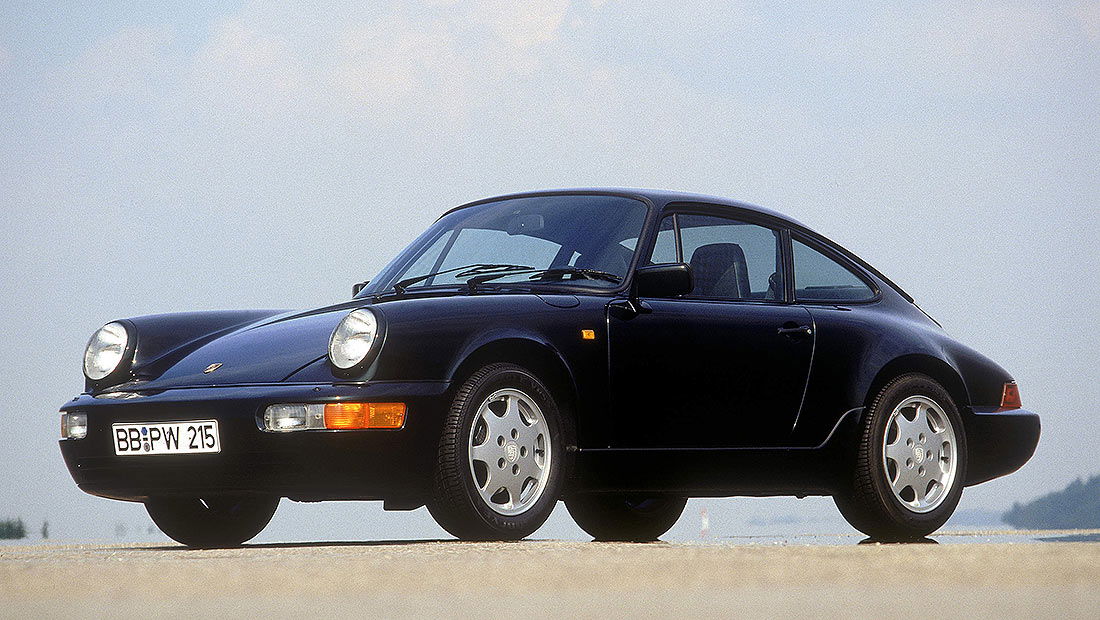
Major revisions to the original 911 in 1990 led to a new internal designation: 964. The same basic shape was still there, but 85 per cent of the car was new. Its plastic bumpers gave it a very different look, while technology like ABS and power steering were present for the first time in a 911. Another notable 911 first was the electronically-raising spoiler, popping up at 50mph. Engines were still air-cooled, most being 3.6-litre, with a 3.3-litre in the Turbo (switching to a 3.6 for 1993) and 3.75-litre in the RS and RSR.
993 (1993-1998)

The last of the air-cooled cars, the 993 is the ultimate 911 generation for many. As with the 964, it still had that recognisable 911 shape, but the new styling was the biggest departure yet for the then 30-year-old sports car. The brakes and suspension were dramatically improved over the 964, while at the rear either a 3.6-litre or 3.8-litre engine was available.
996 (1998-2005)
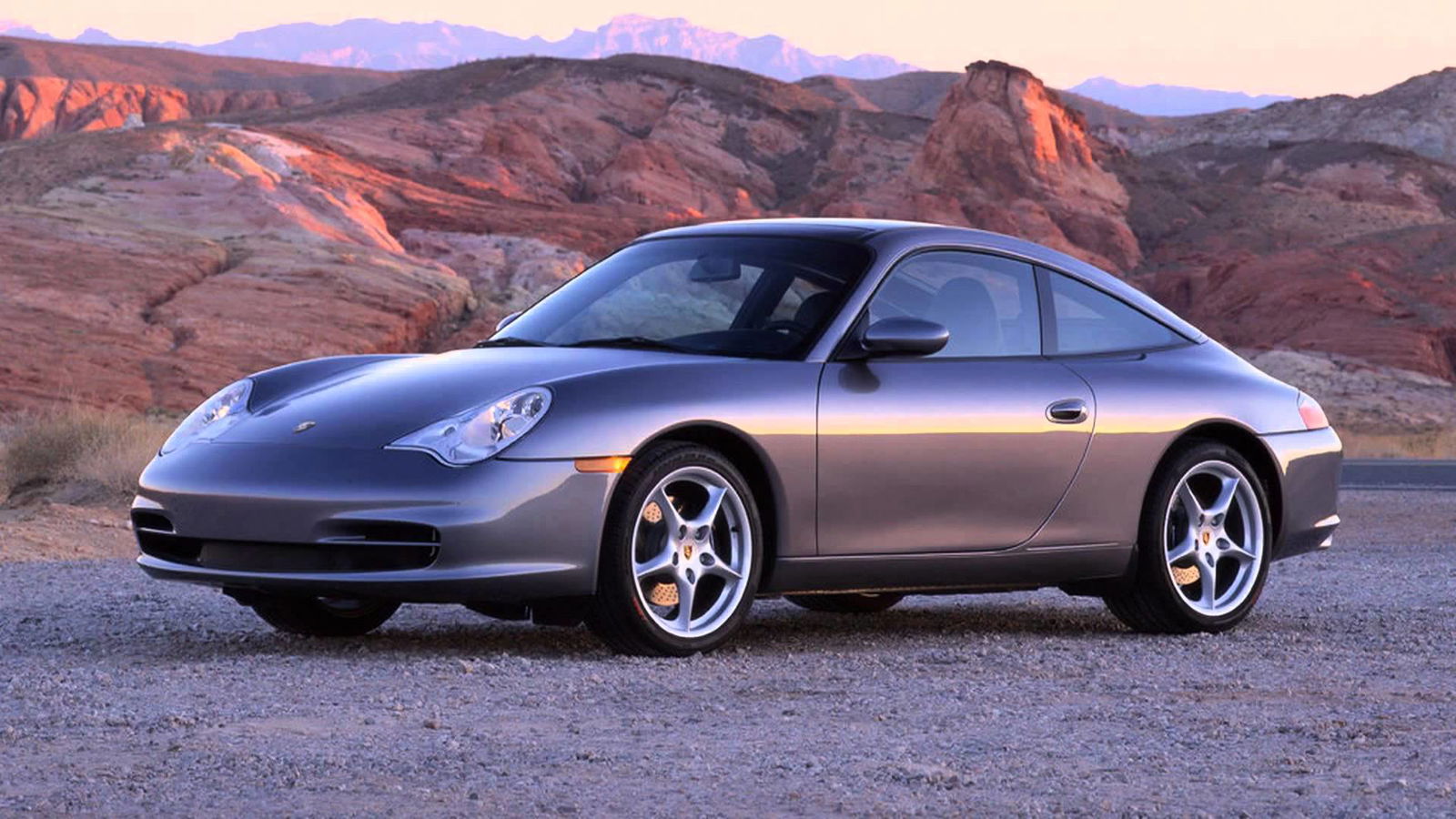
This was the big one. Arriving in 1998, the 996 was all-new. No major component from the 993 was carried over, and most importantly, the brand-new flat-six engine was (shock horror) water-cooled. The styling was a radical change, too. Again, it has the same basic 911 shape, but it’s a much more curvaceous thing, while the round headlights were dropped in favour of the unpopular ‘fried egg’ designs. Early 996 Carreras had a 3.4-litre engine, while later models had a 3.6.
997 (2004-2012)

After the big changes brought about by the 996, the 997 marked a return to the ‘evolution not revolution’ way of 911 progress. Other than the unloved 996 headlights being binned in favour of the classic round design, there wasn’t much going on visually to tell it apart from its predecessor. Everything was tweaked and improved, though. Engine displacement ranged from 3.6-litre to 3.8-litres.
991 (2013-2019)
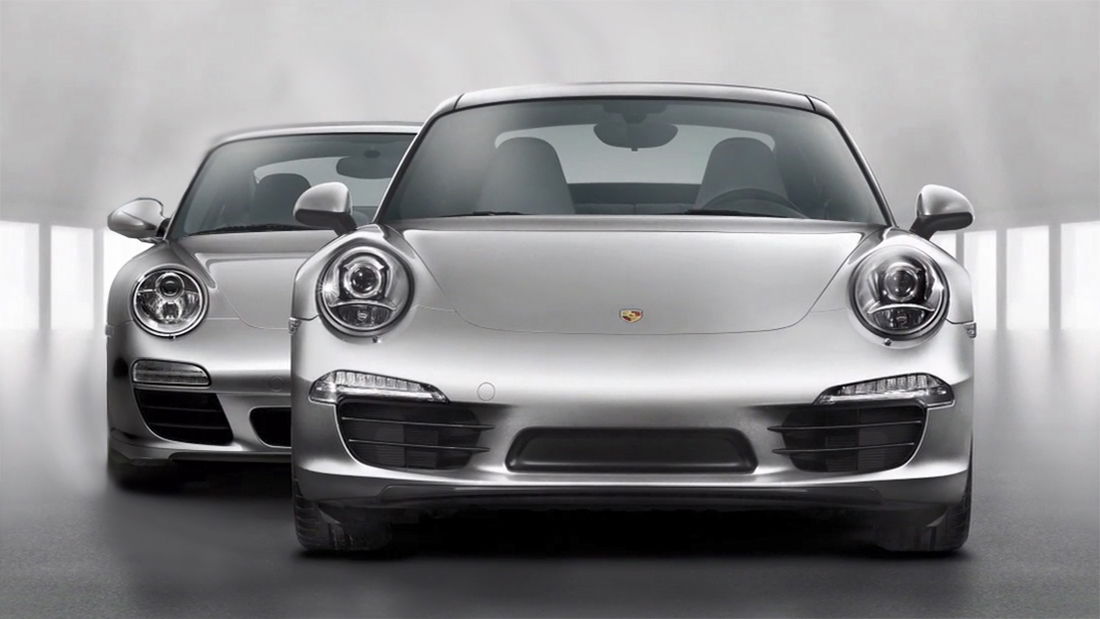
Again, Porsche didn’t tamper with the styling all that much for the 991. However, it did get a lot wider. There was also an increase in wheelbase, moving the rear wheels further back in relation to the engine, aiding weight distribution. Despite the increase in size, weight was actually reduced compared to the 997.
It was available with a 3.4-litre or 3.8-litre naturally-aspirated flat-six depending on if you went for a Carrera or Carrera S, but all that changed with the arrival of the 991.2, which ditched the atmospheric engines for a 3.0-litre twin-turbo engine with two different available outputs.
992 (2019 - present)

The 911 received another growth spurt when the 992 arrived, increasing by 45mm in width across the front axle and gaining staggered 20-inch front/21-inch rear wheels. There’s only one shell available, with the narrow-body 911 now ditched.
Another notable change was the shift from a seven-speed automatic PDK gearbox to a newer eight-speed unit, which readied the 992 for future hybrid powertrains. The new transmission, the growth spurt and the addition of GPFs have naturally led to an increase in weight across the range.
2024 brought the 992’s mid-life facelift, which saw the introduction of the first hybrid 911 in the shape of the new Carrera GTS. As we’re writing this, Porsche is in the process of introducing more 992.2 variants, so keep your eyes peeled for those.
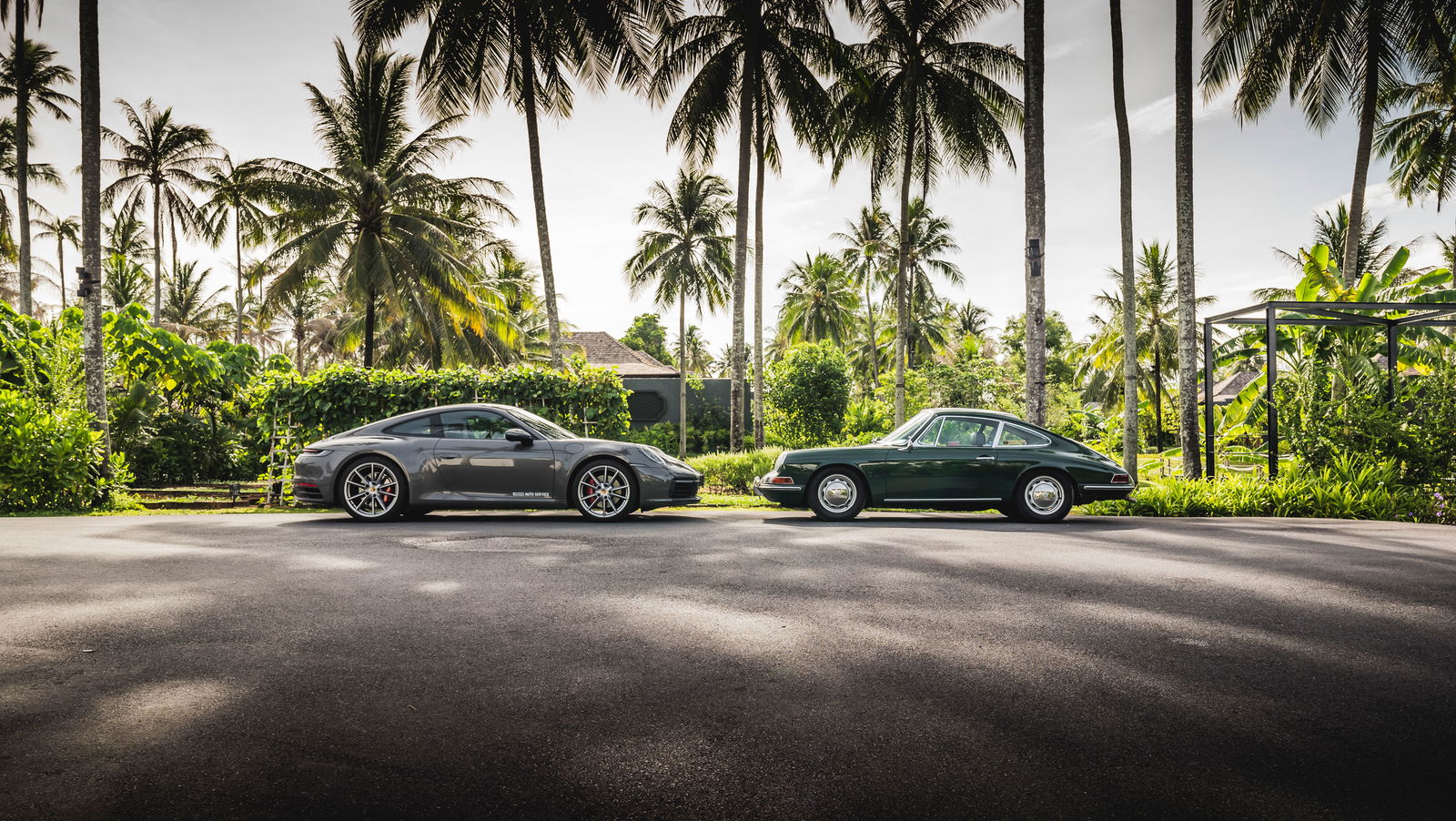
So, now we’ve filled your head with 911 knowledge, which version will it be for you?
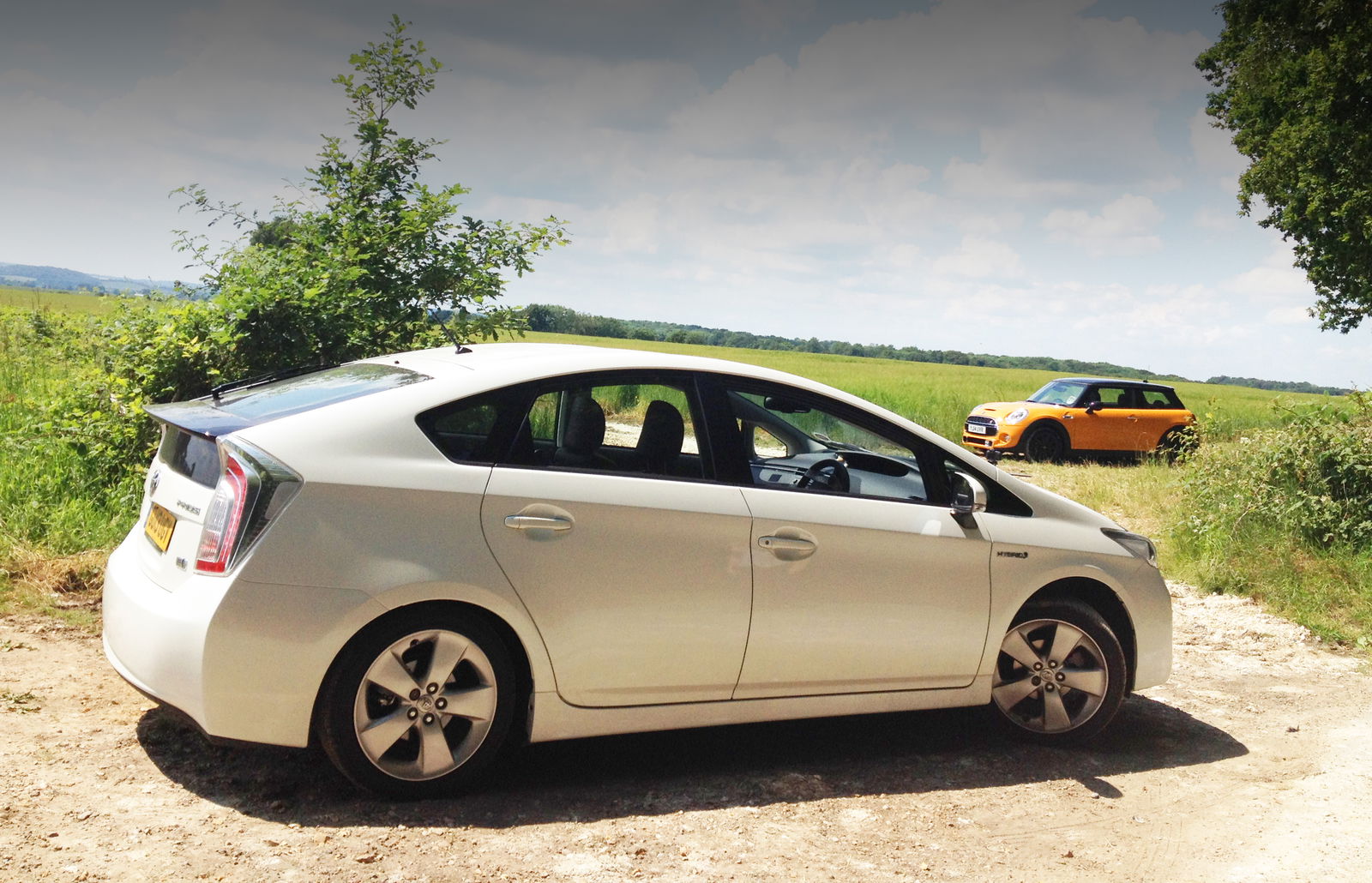


Comments